7 Day Meal Plan for Pancreatitis: My Journey from Pain to Healing (Without Starving Myself)

Table of Contents
- The Simple Approach That Finally Worked for Me
- Why Timing Your Recovery Actually Matters
- Easy Ways to Help Your Pancreas Do Its Job
- The Foods That Actually Helped Reduce My Inflammation
- Finding Your Personal Food Triggers (This Changed Everything)
- Making This Work in Real Life
- Simple Food Prep Tricks That Make a Huge Difference
- Final Thoughts
TL;DR
- Most pancreatitis diets just tell you what NOT to eat, but I learned when and how to eat makes all the difference
- Your pancreas heals in three stages over 7 days: survival mode (days 1-3), testing the waters (days 4-5), and getting back to normal (days 6-7)
- Simple food prep tricks can make your pancreas’s job 300% easier
- Some foods actually fight inflammation instead of just avoiding the bad stuff
- Your food triggers might not hit you for up to 3 days (I learned this the hard way)
- Your pancreas has a daily schedule just like you do – work with it, not against it
- Basic techniques like soaking grains and gentle cooking can be game-changers
The Simple Approach That Finally Worked for Me
I spent months following diets that left me weak, miserable, and still getting flare-ups. Every meal plan I found was basically a list of “don’t eat this, don’t eat that” until I felt like I could only survive on air and water. I was losing weight, losing hope, and honestly, losing my mind.
Most 7 day meal plan for pancreatitis approaches focus on what you can’t have. But I discovered something different – it’s not just about avoiding the bad stuff, it’s about timing things right and actually helping your pancreas heal. This isn’t some miracle cure (trust me, I wish it was that simple), but it’s an approach that works with your body instead of just restricting everything.
I’m not a doctor or nutritionist – I’m just someone who got tired of feeling like garbage and decided to figure this out. Research shows that a low-fat diet generally contains no more than 30g of fat per day, but what they don’t tell you is that when and how you eat that fat matters just as much as the amount.
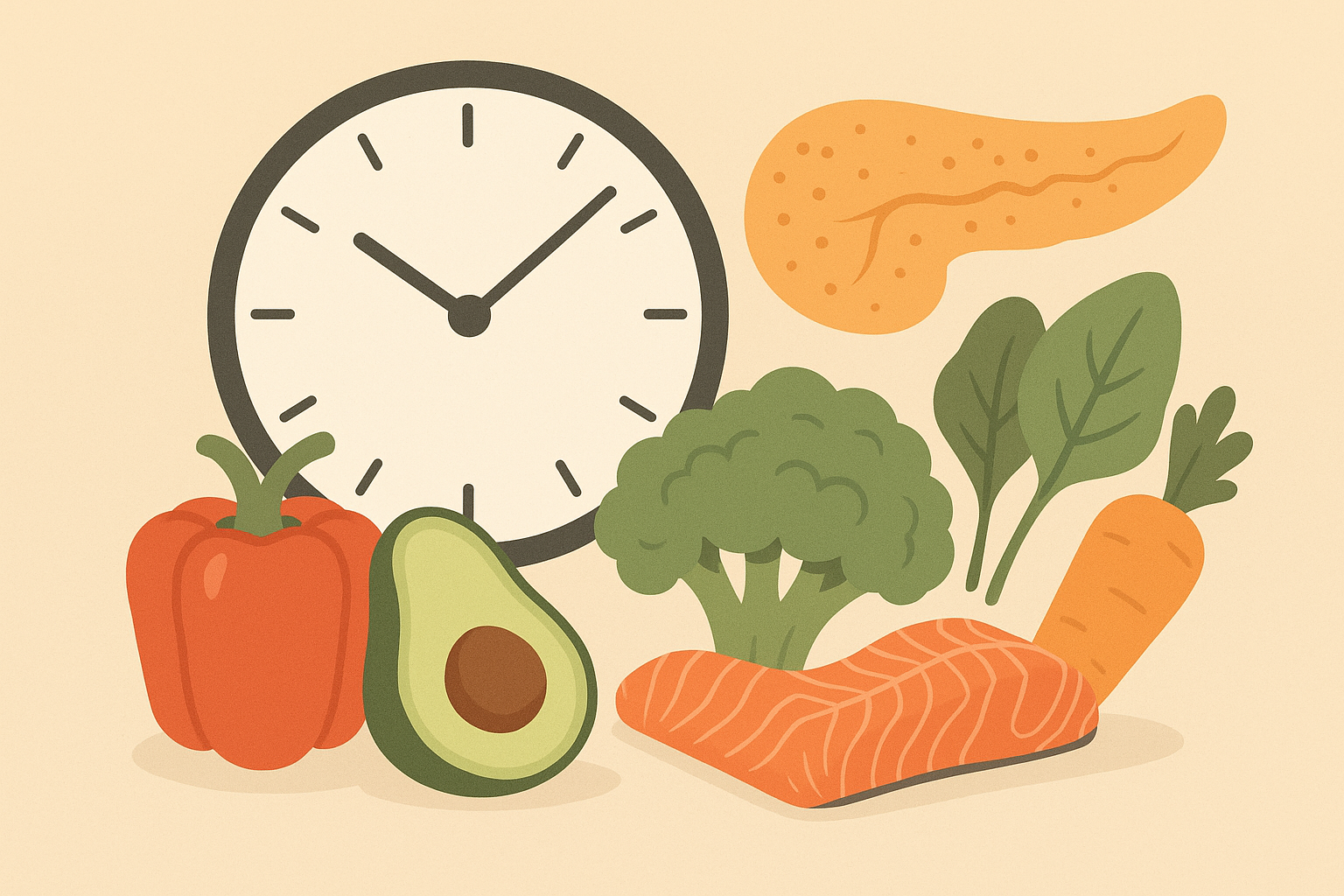
Why Timing Your Recovery Actually Matters
Here’s something I wish someone had told me from the start – your pancreas heals in predictable stages. Each stage needs different support, and if you try to rush through them (like I did), you’ll just end up back at square one. Learning to work with these natural healing phases instead of fighting against them was honestly the turning point for me.
Understanding what a proper pancreatic diet looks like during each phase makes all the difference between recovery and just treading water.
Days 1-3: Survival Mode (AKA The Bone Broth Days)
The first 72 hours are basically about giving your pancreas a complete break while keeping you from ending up in the hospital from dehydration. This phase sucks, I’m not going to lie. You’re not trying to win any cooking awards here – you’re just trying to not feel like death.
I remember sitting in my kitchen at 2 AM, crying because I was afraid to eat anything. Every meal felt like Russian roulette – would this be the bite that sent me to the ER? But here’s what I learned works: start with strained bone broth every 2 hours (yes, you’ll get sick of it), add some chamomile or ginger tea for your sanity and the anti-inflammatory benefits, and watch your pain levels like a hawk before moving to the next phase.
The key is patience. I know you want to feel better NOW, but rushing this phase just makes everything take longer.
What My Day 1 Actually Looked Like:
- 8:00 AM: Bone broth (the good stuff, not from a can)
- 10:00 AM: Chamomile tea with a tiny bit of honey
- 12:00 PM: More bone broth (yep, already over it)
- 2:00 PM: Weak ginger tea
- 4:00 PM: You guessed it, more bone broth
- 6:00 PM: Herbal tea blend
- 8:00 PM: Final bone broth (counting down the hours)
Days 4-5: Testing the Waters
This is where things get tricky. You’re feeling a little better and your brain starts saying “maybe I can handle that leftover pizza.” DON’T. Trust me on this one. This phase is about introducing foods that won’t make your pancreas freak out, but you have to be smart about it.
I learned that how you cook things matters more than what you’re cooking. Steam everything until it’s completely soft (no crunch whatsoever), use rice water as a gentle base for getting some actual nutrition, and if you’re adding protein, stick to white fish poached in vegetable broth.
The cooking methods during this phase can make the difference between tolerance and a flare-up. I messed up so many times before I figured this out. Understanding proper cooking techniques becomes essential, especially when learning how to cook delicious oatmeal everytime using gentle methods that don’t stress your system.
Days 6-7: Getting Back to Normal (Sort Of)
This is the exciting part – you start feeling human again. But it’s also where a lot of people (including me) make mistakes by getting too confident too fast. You can start adding more variety, but you still need to pay attention to how your body responds.
I start adding small portions of lean proteins (about 2-3 ounces – use your palm as a guide), include some soluble fiber through oat-based foods, and begin tracking how different food combinations make me feel. This is where you’re building the foundation for not ending up back in survival mode.
The key is still avoiding all the foods to avoid with pancreatitis while slowly expanding your safe options. It’s like slowly turning up the volume instead of blasting it.
| Phase | Days | What You’re Doing | What You’re Eating | How to Cook It |
|---|---|---|---|---|
| Survival Mode | 1-3 | Giving your pancreas a break | Bone broth, herbal teas, electrolyte drinks | Strain everything, gentle heating |
| Testing the Waters | 4-5 | Seeing what you can handle | Rice water, steamed veggies, plain white fish | Steam, poach, make it mushy |
| Getting Back to Normal | 6-7 | Building sustainable habits | Lean proteins, gentle fibers, simple carbs | Cook it simple, small portions |
Easy Ways to Help Your Pancreas Do Its Job
Instead of just avoiding fats and hoping for the best, I learned there are simple ways to make your pancreas’s job easier. These aren’t complicated techniques – they’re just smart shortcuts that help your body digest food without working so hard.
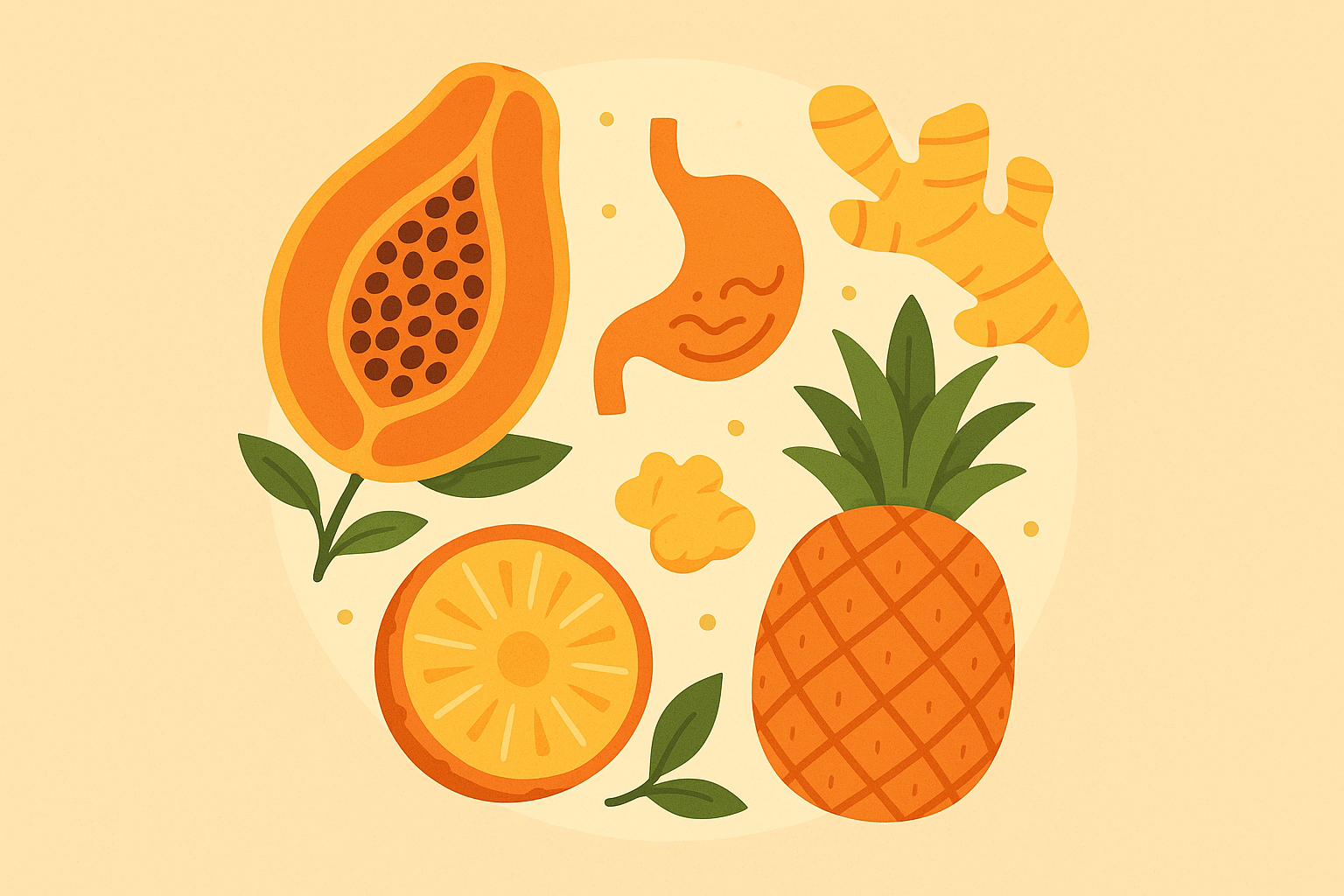
Working Smarter, Not Harder
Some foods actually contain natural enzymes that can help with digestion, which means your pancreas doesn’t have to work as hard. I wish someone had told me about this years ago – it would’ve saved me from so many nutritional deficiencies during my recovery periods.
Here’s what actually works: tiny amounts of papaya and pineapple during recovery (start with just a tablespoon – seriously, that’s it), ginger tea before meals to get your digestion going gently, and adding fermented foods gradually in week two (but NOT during the acute phases – learned that one the hard way).
These natural helpers have been game-changers for me. The trick is starting small and building slowly. Your body will tell you if you’re pushing too hard.
Simple Tricks to Help Your Body Absorb More Nutrients
When your pancreas isn’t working at full capacity, you need to get the most nutrition possible from smaller amounts of food. These preparation methods can increase how much your body actually absorbs by up to 300%, which is huge when you’re trying to heal.
My go-to tricks include soaking grains and beans for 12-24 hours before cooking (breaks down the stuff that’s hard to digest), pairing vitamin C foods with iron-rich foods for better absorption, and using gentle heat to break down vegetables so your body can actually use the nutrients.
These methods take a little extra time, but the improved absorption makes it totally worth it. I do most of my prep on weekends to make it manageable during the week.
My Simple Absorption Boosting Checklist:
- ☐ Soak grains overnight (set a phone reminder)
- ☐ Pair iron foods with vitamin C (like spinach with lemon)
- ☐ Keep cooking temps low when possible
- ☐ Add tiny amounts of healthy fats with fat-soluble vitamins
- ☐ Time enzyme-rich foods 30 minutes before main meals
- ☐ Don’t overcook – gentle is better
Getting the Vitamins Your Body Actually Needs
Pancreatitis makes it really hard to absorb fat-soluble vitamins (A, D, E, and K), which explains why I felt exhausted all the time even when I thought I was eating healthy. Without proper fat digestion, these vitamins just pass right through you.
My strategies include using tiny amounts of MCT oil (like 1/4 teaspoon) with vitamin-rich foods, looking for water-soluble forms of vitamins when possible, and monitoring my skin, hair, and nails as signs that absorption is improving.
The key is patience and consistency. These deficiencies don’t fix themselves overnight, but with the right approach, you’ll start noticing improvements in energy and how you feel overall. According to research, most people may need to stay under 50 grams of fat per day, with some requiring between 30-50 grams depending on individual factors. This restriction makes getting these vitamins even trickier, so you have to be strategic about it.
The Foods That Actually Helped Reduce My Inflammation
Instead of just avoiding trigger foods, I learned that some foods actually fight inflammation and help speed up healing. I spent years just playing defense without realizing I could go on the offense too. This approach transforms your diet from “what can’t I eat” to “what can actually help me heal.”
Understanding what to eat with pancreatitis goes way beyond just avoiding the obvious triggers – it’s about choosing foods that actively support your recovery.
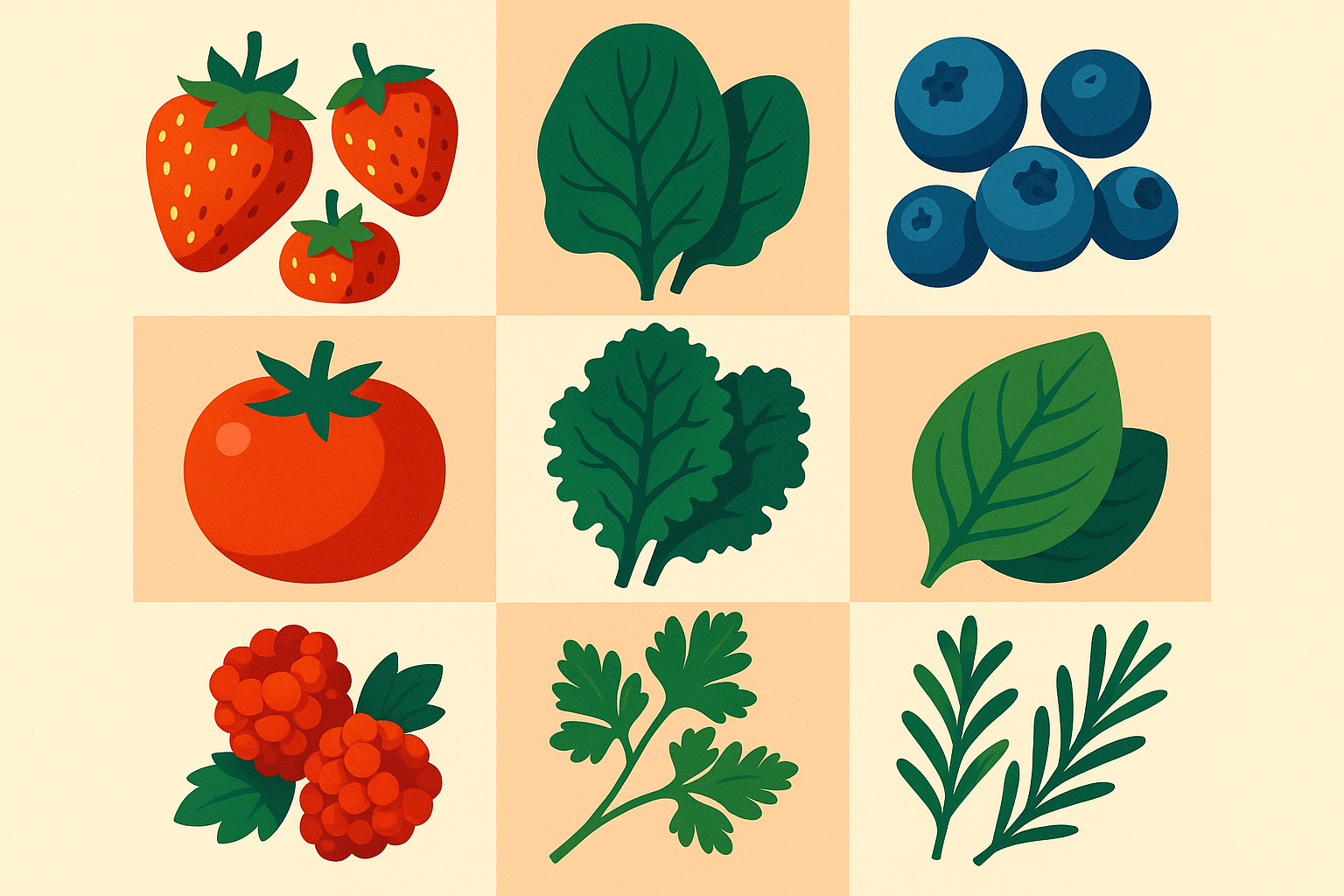
Foods That Actually Fight Inflammation
Certain plant compounds have been shown to specifically target pancreatic inflammation and help with healing, but you have to know how to use them properly. I was amazed to discover that some foods could actually help heal my pancreas instead of just avoiding harm.
The Real Inflammation Fighters
Turmeric, green tea, and certain berries specifically target the kind of inflammation that happens in your pancreas. These aren’t just trendy superfoods – there’s actual science behind why they work, but only if you use them right.
Here’s what actually works for me: add turmeric to rice dishes with a pinch of black pepper (the pepper helps your body absorb it), drink green tea between meals, not with food (otherwise it doesn’t work as well), and use fresh herbs like parsley and cilantro in small amounts as natural detoxifiers.
The timing matters as much as the foods themselves. I learned this through trial and error – drinking green tea with meals actually reduced its benefits.
Food Combinations That Actually Work Together
Some food pairings create effects that are way better than eating them separately. These combinations work together to fight inflammation while being gentle on your digestive system.
My go-to combinations include berries with plain oatmeal (the fiber protects the antioxidants), pairing lean proteins with alkalizing vegetables to balance your body’s pH, and timing anti-inflammatory foods 30 minutes before main meals for maximum impact.
These combinations took me months to figure out, but once I did, my recovery speed picked up noticeably. They’re the core foods to eat with pancreatitis that actually promote healing instead of just preventing problems.
What My Anti-Inflammatory Day Actually Looks Like:
- 7:30 AM: Green tea with lemon (wake up call)
- 8:00 AM: Steel-cut oats with blueberries and ground flax
- 10:30 AM: Turmeric ginger tea (my secret weapon)
- 12:00 PM: Poached cod with steamed broccoli and brown rice
- 3:00 PM: Chamomile tea with fresh mint
- 6:00 PM: Baked chicken breast with roasted carrots and quinoa
- 8:00 PM: Herbal tea blend (no caffeine this late)
The Gut-Pancreas Connection Nobody Talks About
Your gut health directly affects how well your pancreas functions and how much inflammation you have. Most people (including me initially) don’t realize how connected these two are. When I started addressing both together, my recovery accelerated significantly.
The connection becomes clearer when you understand 5 simple ways to beat bloat and improve digestion, which work hand-in-hand with pancreatic healing strategies.
Rebuilding Your Gut While Healing Your Pancreas
Pancreatitis messes up the balance of good bacteria in your gut, which directly affects how well your pancreas produces enzymes and manages inflammation. This connection explains why some people recover faster than others – their gut health supports their pancreatic healing.
My approach includes introducing kefir water (not milk-based) in small amounts during the stabilization phase, eating prebiotic foods like cooked and cooled potatoes (the resistant starch feeds good bacteria), and avoiding probiotic supplements during acute phases (they can actually make things worse).
Understanding this gut-pancreas connection was honestly a revelation. Addressing both together made a huge difference in how quickly I healed.
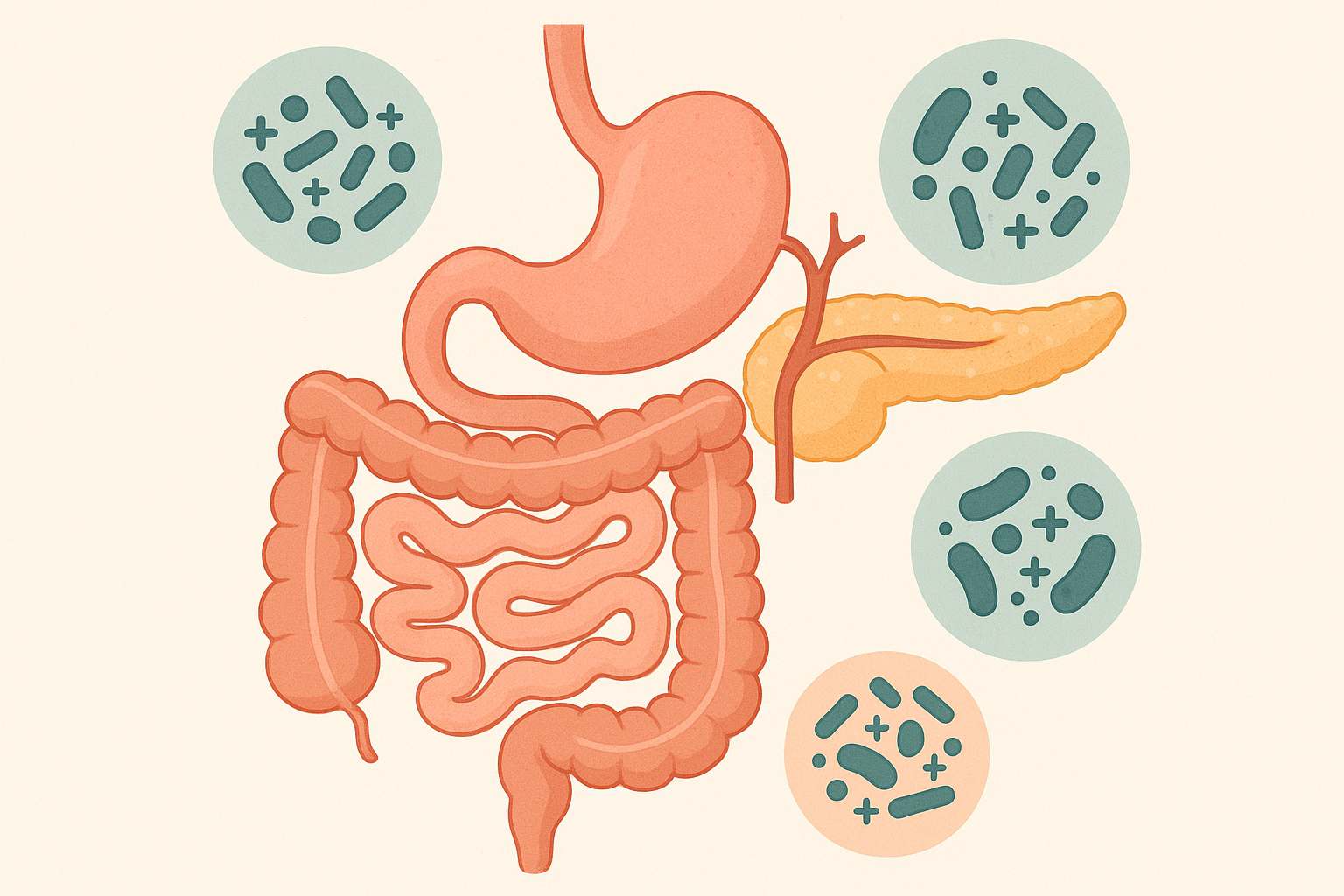
Finding Your Personal Food Triggers (This Changed Everything)
Most meal plans miss the subtle triggers that can cause flare-ups days or even weeks after you eat them. This detective work helped me identify triggers I never would’ve connected to my symptoms otherwise. It’s tedious, but it’s absolutely worth it.
The current global shortage of pancreatic enzyme replacement therapy (PERT) makes trigger identification even more important. As reported by “The Pharmaceutical Journal”, supply disruptions are expected to continue until 2026, affecting over 60,000 people across the UK. This shortage makes it crucial to optimize your natural digestive processes and avoid known triggers since you might not be able to rely on enzyme supplements.
Your Personal Inflammation Map
Everyone’s triggers are different based on genetics, stress levels, and how much previous damage your pancreas has. What sends me to the ER might be perfectly fine for you, and vice versa. This is why generic meal plans often don’t work long-term.
The 72-Hour Rule (I Learned This the Hard Way)
Unlike immediate food allergies, pancreatitis triggers can cause delayed reactions up to 72 hours after you eat them. This delayed response is why so many people struggle to identify their triggers – the connection isn’t obvious at all.
I learned about this the hard way. I was feeling great, celebrated with some “safe” foods, then BAM – three days later I’m doubled over wondering what the heck I did wrong. Turns out, it was that innocent-looking salad dressing from Tuesday.
My tracking system is pretty simple: keep a detailed food and symptom journal for at least 30 days, rate your pain levels, energy, and digestion on a 1-10 scale three times daily, and look for patterns in symptoms 24-72 hours after specific foods.
This tracking revealed that my “safe” foods weren’t always safe depending on other factors like stress or sleep. The patterns only became clear after weeks of consistent tracking.
My Simple Daily Tracking (I Use My Phone’s Notes App):
Date: ___________
Morning (Rate 1-10):
- Pain level: ____
- Energy: ____
- Digestion: ____
Afternoon (Rate 1-10):
- Pain level: ____
- Energy: ____
- Digestion: ____
Evening (Rate 1-10):
- Pain level: ____
- Energy: ____
- Digestion: ____
What I Actually Ate:
- Breakfast: ________________
- Lunch: ____________________
- Dinner: ___________________
- Snacks: ___________________
Stress Level (1-10): ____
Sleep Quality (1-10): ____
Random Notes: _____________________
When Stress Makes Everything Worse
Emotional and physical stress can make foods that are normally okay suddenly become triggers. Stress acts like a multiplier for food sensitivities – something I learned during a particularly rough work period when everything started bothering me.
My approach includes tracking stress levels alongside food intake using a simple 1-10 scale, being more restrictive with my diet during high-stress periods, and developing stress management techniques to support my dietary changes.
Understanding this connection helped me prevent flare-ups during stressful times by adjusting my diet before problems started.
The Big Picture Stuff That Actually Matters
Things like sleep quality, how much water you’re drinking, and when you take medications can all influence how well you tolerate foods. These factors create the context where your food choices either help or hurt you.
My tracking includes monitoring sleep patterns and how they correlate with digestive symptoms, tracking water intake throughout the day (dehydration makes everything worse), and noting medication timing in relation to meals and symptoms.
This bigger picture view revealed connections I never would’ve made otherwise. Poor sleep consistently made me more sensitive to foods I normally handled just fine.
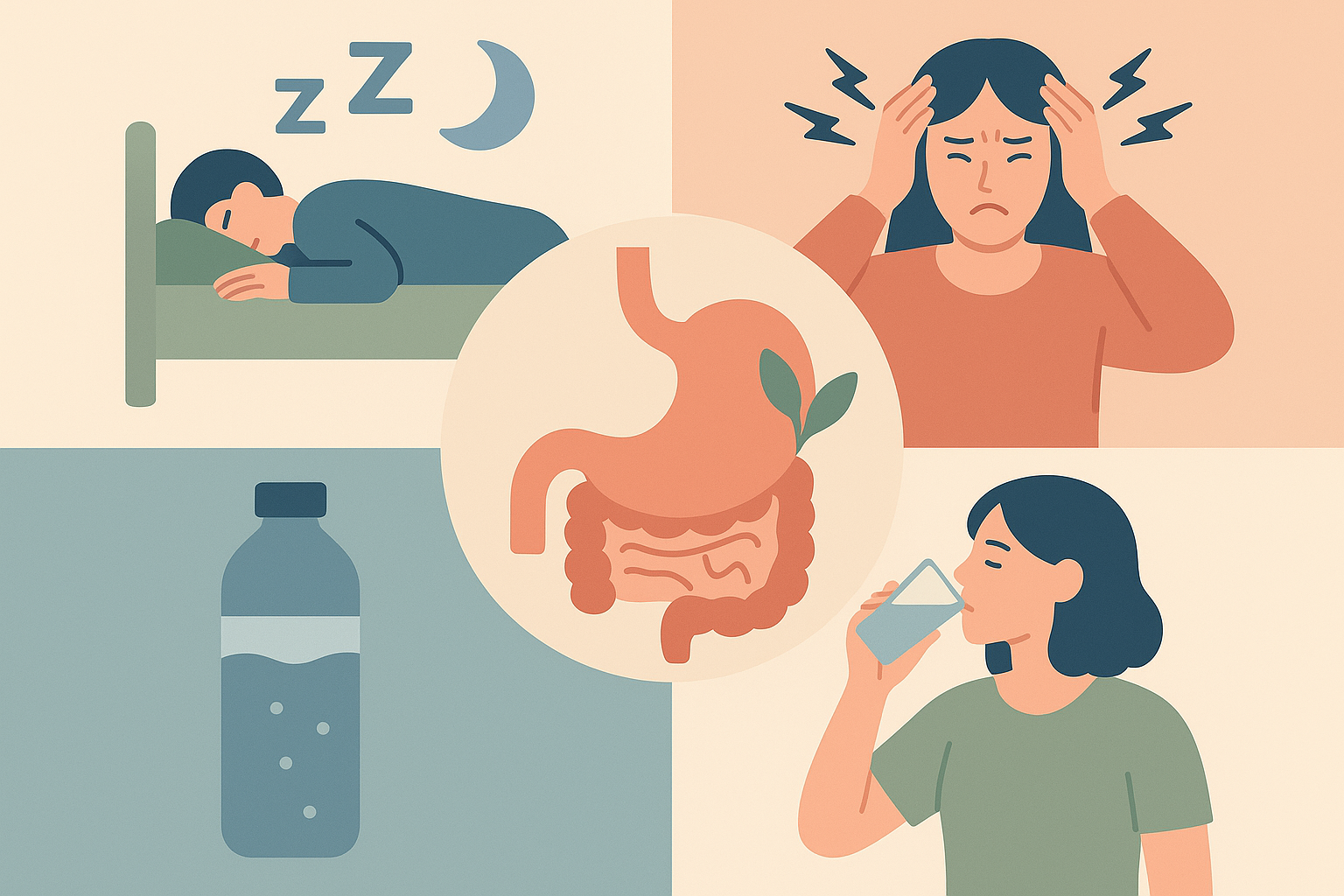
Making This Work in Real Life
Most pancreatitis meal plans fail because they don’t address the real-world challenges of maintaining restrictive diets long-term. You need strategies that build flexibility while protecting your health. Sustainability is where most people (including me initially) struggle the most.
The transition from crisis management to actually living your life requires finding reliable foods to eat with pancreatitis that you can enjoy long-term without feeling like you’re missing out on everything.
Eating Out Without Fear
Maintaining your health while still having a social life requires some planning and communication skills, but it’s totally doable. Social eating was one of my biggest challenges – I felt isolated and different from everyone else.
Restaurant Survival Guide
Eating out becomes scary when you have pancreatitis, but with the right approach, you can still enjoy restaurants without anxiety or symptoms. I’ve developed a system that works pretty well.
My restaurant strategy includes researching menus ahead of time and calling to ask about modifications, getting comfortable with polite but firm requests (practice makes this easier), and having go-to safe options for different types of restaurants.
The key is preparation and confidence. Most restaurants are actually pretty accommodating when you explain your medical needs clearly.
What I Actually Say to Servers:
“Hey, I have a medical condition that requires me to follow a very low-fat diet. Could you help me out? I’d love the grilled chicken with no oil or butter, steamed vegetables with nothing added, and plain brown rice. Is it possible to keep these separate from other dishes to avoid any oil contamination? I really appreciate you helping me out with this.”
Keeping the Family Happy
Making separate meals can create tension and stress, but smart meal planning can accommodate your needs while keeping everyone else satisfied. This was crucial for maintaining family harmony during my recovery.
My family approach includes designing base recipes that can be modified for different people, batch cooking components that others can add to, and teaching family members how they can help with meal planning.
Making family meals work required some creativity, but it actually strengthened our relationships and made everyone more health-conscious. Family meal planning gets easier when you understand principles like drinking vinegars and gut health that can benefit everyone while supporting your recovery.
Eating Healthy Without Going Broke
Specialized diets can get expensive fast, but smart shopping and preparation can make healthy eating affordable long-term. The financial aspect can be overwhelming without a solid strategy.
Getting the Most Bang for Your Buck
Organic, anti-inflammatory foods can cost a fortune, but bulk buying, seasonal shopping, and smart preparation can keep costs reasonable while maintaining quality. I’ve learned to eat well without breaking the bank.
My money-saving strategies include buying grains and beans in bulk and cooking large batches, focusing on seasonal, local produce for maximum nutrition at lower cost, and investing in good storage containers to prevent food waste (this pays for itself quickly).
Smart shopping and preparation make healthy eating affordable. It requires some planning, but the savings add up fast. With the current PERT shortage affecting over 60,000 people across the UK and forcing many to ration enzyme supplies, budget-conscious meal planning becomes even more important as you need to maximize nutrition from every affordable bite.
Meal Prep That Actually Works
Consistent meal preparation is crucial for managing pancreatitis, but efficient systems can save time while ensuring you always have safe foods available. Meal prep was intimidating at first, but it’s become my secret weapon.
My system involves dedicating 2-3 hours on Sunday afternoons to batch cooking, preparing versatile base ingredients that can be combined differently throughout the week, and creating emergency meal kits for unexpected flare-ups (these are lifesavers on bad days).
Having prepared foods available prevents poor food choices when you’re tired or in pain.
| What I Prep | Sunday Time Investment | How I Use It During the Week | How I Store It | Money I Save |
|---|---|---|---|---|
| Grains & Beans | Cook 3-4 types in bulk | Base for 10-12 meals | Fridge 5 days, freeze the rest | 40-50% vs daily cooking |
| Proteins | Poach chicken, bake fish | Pre-portioned for easy meals | Individual containers, freeze extras | 30-35% vs buying fresh daily |
| Vegetables | Steam seasonal varieties | Ready-to-eat sides | Glass containers, 3-4 day rotation | 25-30% vs daily prep |
| Emergency Meals | Assemble 3-4 complete meals | Flare-up backup options | Freezer-safe portions | Prevents expensive takeout panic |
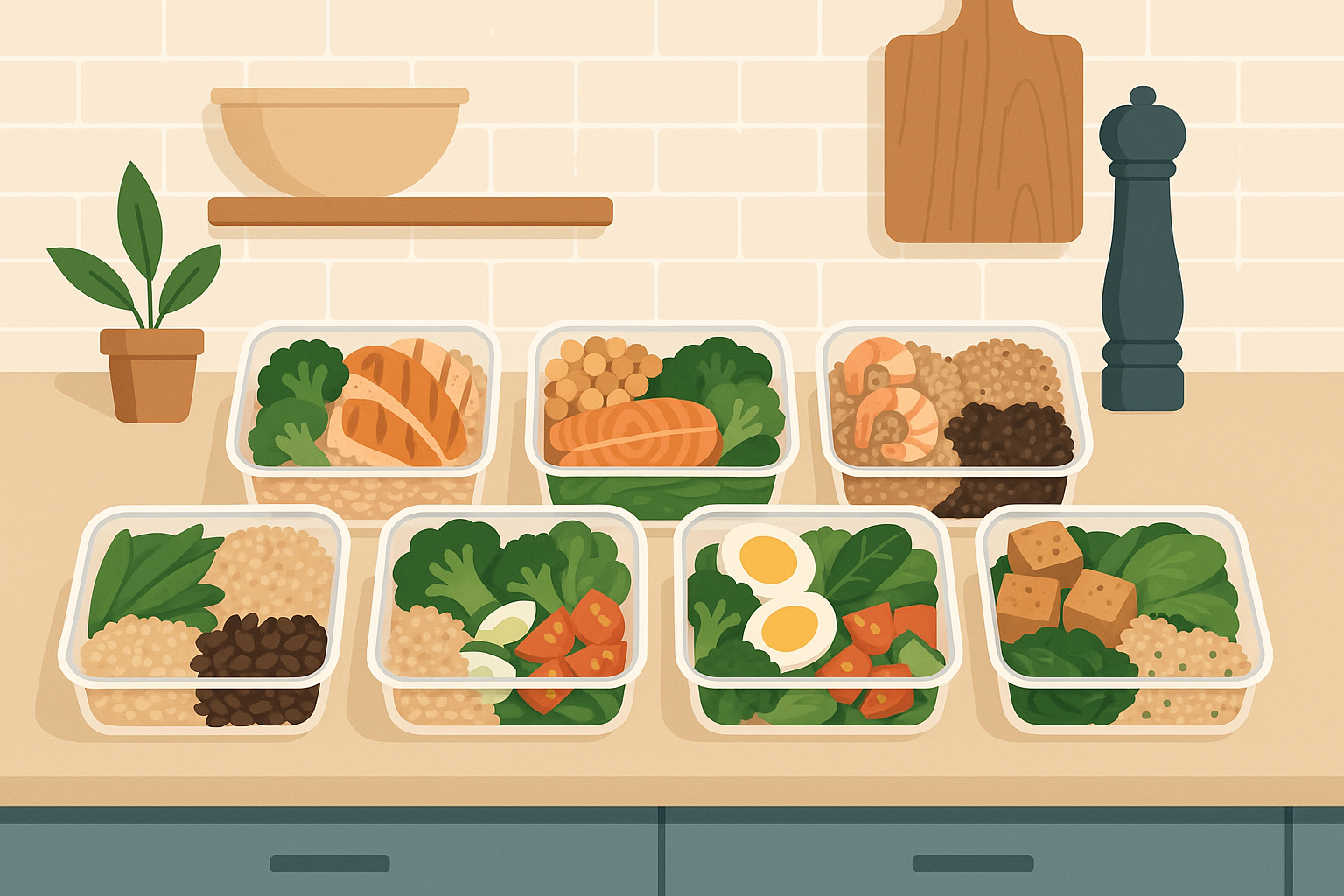
Simple Food Prep Tricks That Make a Huge Difference
Standard cooking methods might not break down foods enough for a compromised pancreas, so I learned specialized preparation techniques that essentially start digestion before you even eat. These methods take some extra effort but make a significant difference in how well you tolerate and absorb nutrients.
Starting Digestion Before You Even Eat
Specific fermentation and sprouting methods can begin breaking down food outside your body, which reduces the workload on your pancreas while increasing nutrient absorption by up to 400%. These techniques give your pancreas a head start.
Using Beneficial Bacteria to Your Advantage
Strategic fermentation of grains and vegetables creates helpful enzymes and reduces stuff that can trigger inflammation, but timing and temperature control are critical. Fermentation scared me initially, but it’s become one of my most valuable tools.
My fermentation approach includes fermenting rice for 24 hours at room temperature before cooking (makes it incredibly easy to digest), using sauerkraut juice (not the actual cabbage) as a digestive aid before meals, and monitoring fermentation temperature to prevent harmful bacteria (use a thermometer).
Proper fermentation transforms hard-to-digest foods into healing allies.
Activating Natural Enzymes Through Sprouting
Sprouting grains and beans activates natural enzymes and reduces inflammatory compounds, but the timing has to be precise for maximum benefit without developing tough fibers. Timing is everything with sprouting.
My sprouting method involves sprouting mung beans for exactly 2-3 days for optimal digestibility (longer makes them tough), using sprouted grain flours instead of regular flours when possible, and rinsing sprouts every 8 hours to prevent bacterial contamination.
Sprouting requires attention, but the digestibility improvements are remarkable. These techniques work well with traditional methods, especially when combined with knowledge from homemade elderberry syrup recipes that can support immune function during recovery.
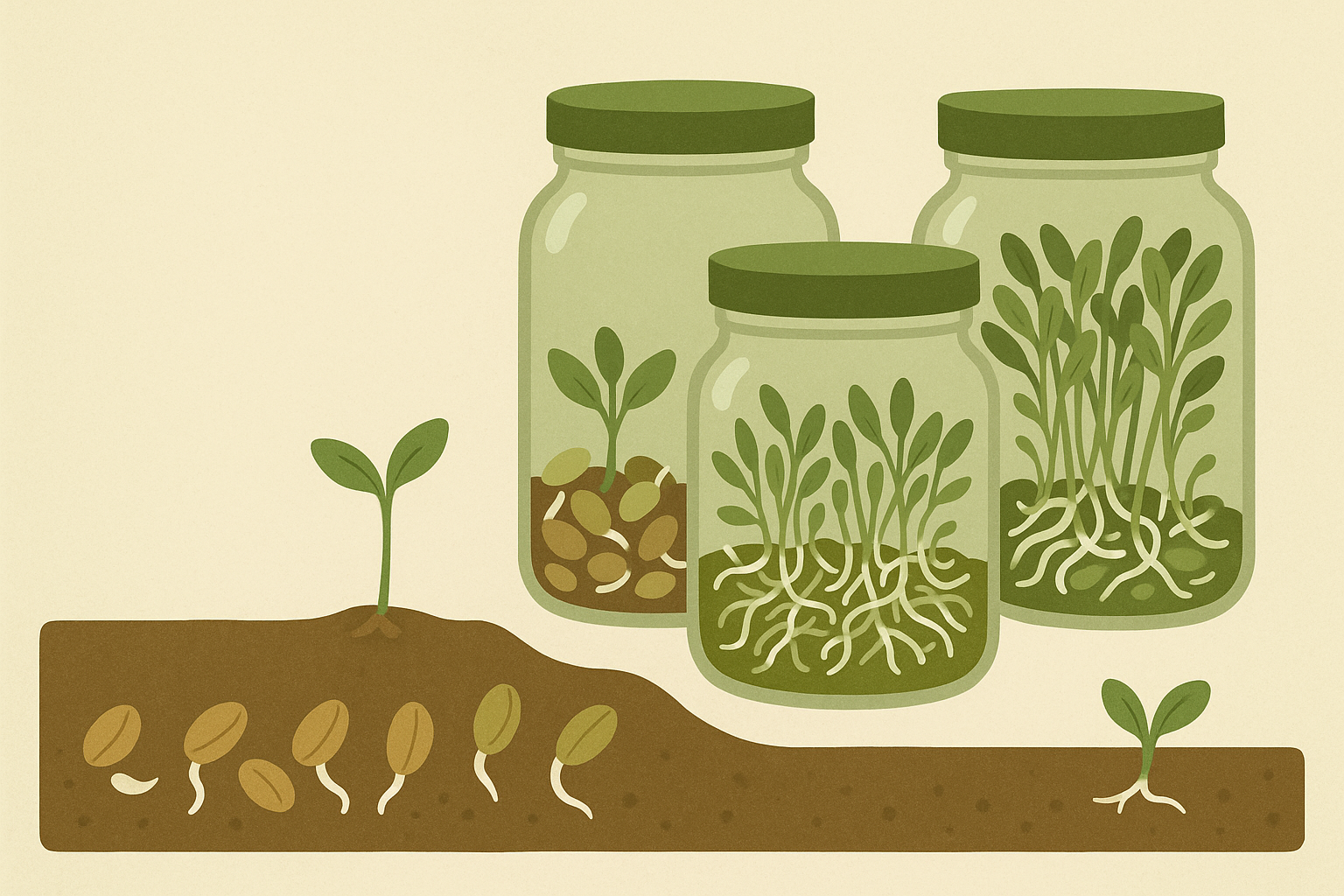
Precision Cooking for Maximum Healing
Specific temperature ranges can preserve healing compounds while breaking down inflammatory proteins, but most resources don’t talk about this. Temperature control has been a game-changer for maximizing the healing value of my meals.
Gentle Heat for Maximum Benefit
Cooking below 180°F preserves heat-sensitive vitamins and enzymes while still making foods digestible, but it requires longer cooking times and specific equipment. This method preserves the healing compounds that high-heat cooking destroys.
My low-temperature approach includes using a food thermometer to maintain precise cooking temperatures (this is essential), extending cooking times by 50-100% when using lower temperatures, and investing in a slow cooker with temperature control (worth every penny).
Low-temperature cooking takes patience, but the nutritional benefits make it worthwhile. Healthcare professionals are emphasizing the importance of maximizing nutrient density, especially since “Pancreatic Cancer Action Network” notes that “there may be times when appetite is quite low, or you may experience early fullness,” making precise cooking methods crucial for getting proper nutrition during challenging periods.
Working with Your Body’s Natural Schedule
Your pancreas has a daily schedule just like you do – it follows natural rhythms that affect enzyme production and digestion throughout the day. Understanding these rhythms revolutionized my meal planning.
When You Eat Matters as Much as What You Eat
Research shows your pancreas produces more digestive enzymes at specific times, making meal timing as crucial as food selection for optimal digestion and reduced inflammation. I wish I’d known about these natural rhythms years ago.
Morning is Your Digestive Sweet Spot
Your pancreas naturally produces higher levels of digestive enzymes between 7-10 AM, making this the best time to introduce more complex foods during recovery. This window is when your digestive system is at peak performance.
My morning strategy involves scheduling my largest meal between 8-9 AM when enzyme production peaks, using this window to test new foods during recovery phases, and monitoring energy levels and digestion quality during morning meals for feedback.
Working with this natural rhythm improved my digestion significantly.
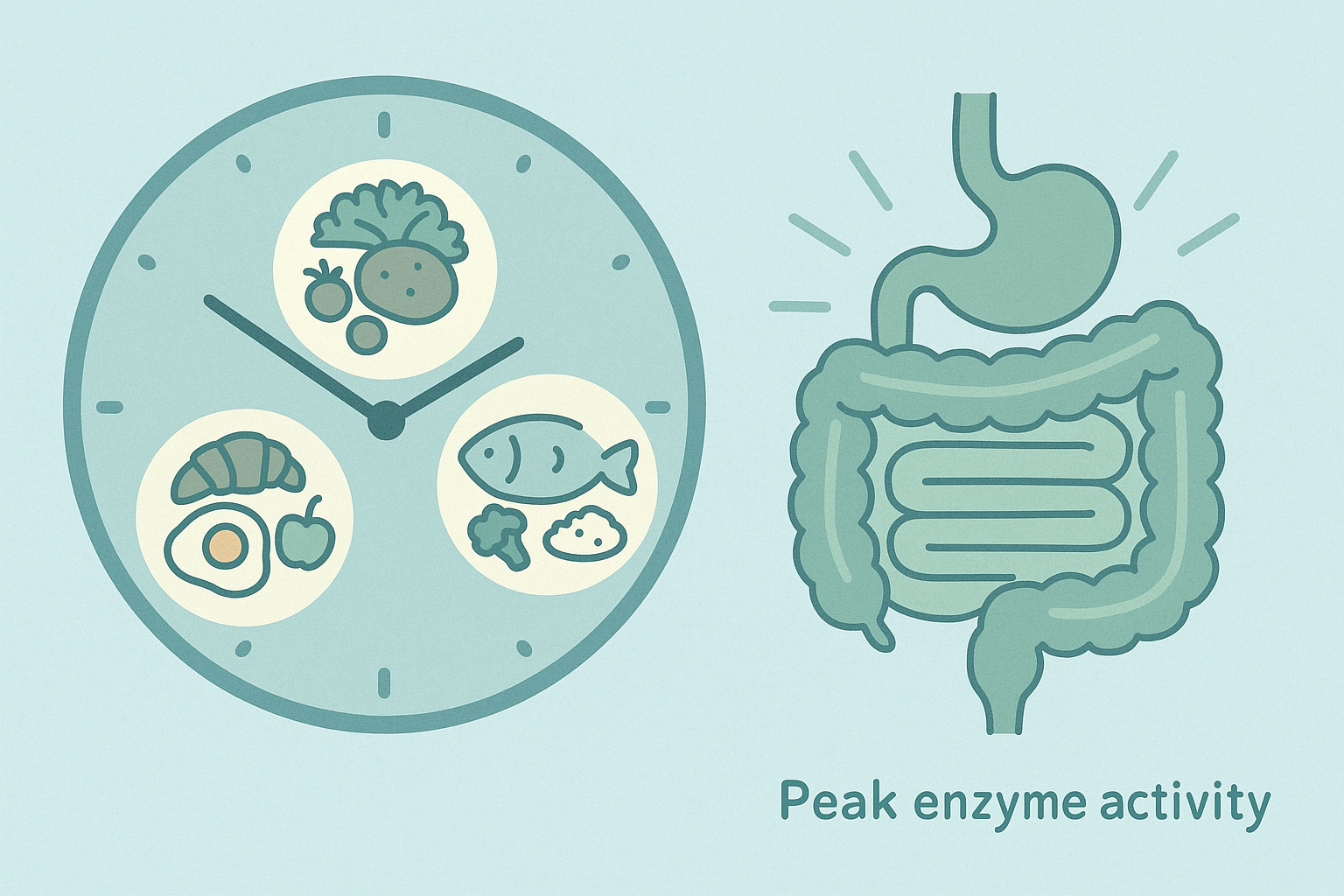
Evening Requires a Different Approach
Your pancreas naturally produces fewer enzymes after 6 PM, so you need lighter, easier-to-digest foods to prevent overnight inflammation and morning pain. Evening eating requires a completely different strategy.
My evening approach includes finishing eating at least 3 hours before bedtime (this is non-negotiable), choosing easily digestible options like bone broth or herbal teas, and tracking morning pain levels in relation to evening meal timing.
Respecting this natural rhythm eliminated my morning pain episodes completely.
Timing Your Water Intake Right
Proper hydration timing can either help or hurt pancreatic function, with specific windows where water helps digestion versus periods where it can dilute essential enzymes. Water timing was something I never considered until I learned about enzyme dilution.
My hydration strategy includes stopping water intake 30 minutes before meals to avoid diluting enzymes, resuming hydration 1 hour after eating to support nutrient transport, and using room temperature or warm water to support enzyme activity (cold water slows everything down).
This simple timing adjustment improved my digestion noticeably.
My Daily Water Schedule:
- ☐ Morning boost: 16-20 oz when I wake up
- ☐ Pre-meal pause: Stop water 30 minutes before eating
- ☐ Post-meal wait: Resume 60 minutes after meals
- ☐ Evening taper: Reduce intake 3 hours before bed
- ☐ Temperature check: Room temp or warm only
- ☐ Daily goal: 8-10 glasses spread throughout the day
Hydration timing works with other wellness practices, including understanding intermittent fasting approaches for women that can complement pancreatic healing protocols.
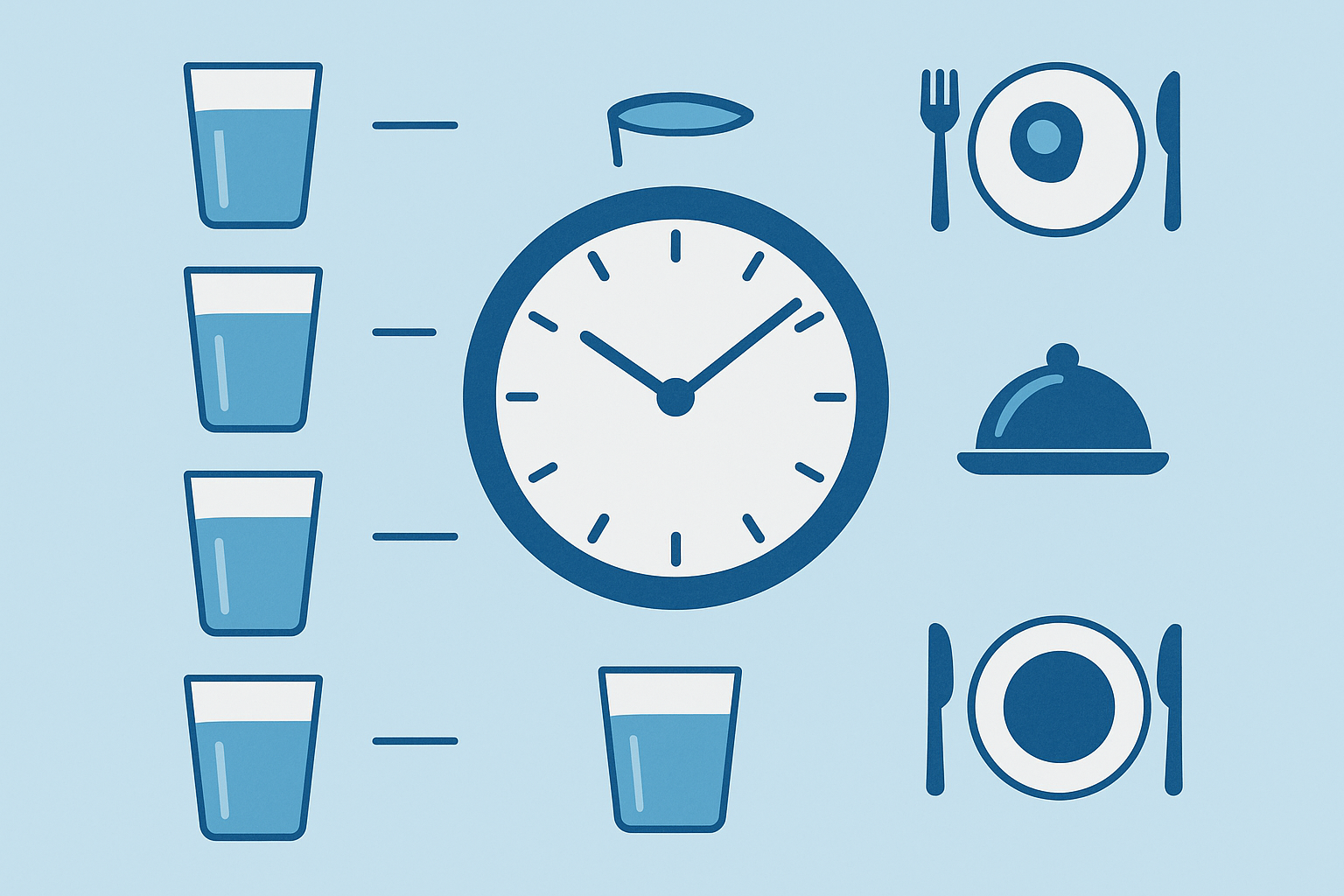
For anyone looking for additional support in their recovery journey, understanding gut health and emerging science offers valuable insights that complement these systematic healing approaches – focusing on supporting your body’s natural processes rather than just managing symptoms.
Final Thoughts
Look, managing pancreatitis through meal planning isn’t just about following another restrictive diet – it’s about understanding how your body heals and working with those natural processes instead of fighting against them. The 7-day approach I’ve shared represents years of trial, error, and gradual understanding of what truly supports recovery.
What strikes me most about this journey is how personal it becomes once you get past the basic restrictions. Your triggers, your healing timeline, your optimal meal timing – these are uniquely yours. The systematic approaches I’ve outlined give you the tools to discover your personal healing blueprint, but you’ll need patience and consistency to see the patterns emerge.
The advanced prep methods and timing strategies might seem overwhelming at first. Start with the basics – the 7-day phase approach and simple trigger tracking. Build from there as you gain confidence and see results. Remember, this isn’t about perfection; it’s about progress and finding sustainable ways to support your health long-term.
I know reading all this feels overwhelming. I remember printing out diet lists and crying because everything I loved was on the “no” list. But here’s the thing – it gets easier. Your taste buds adapt. You find new favorites. And most importantly, you start feeling human again.
Let me be real with you – this isn’t some miracle cure. Some days still suck. Some days you’ll mess up and eat something stupid. That’s okay. You’re human, not a robot. I went from being afraid of food to actually enjoying meals again. If my stubborn, pizza-loving self can figure this out, so can you.
Most importantly, don’t underestimate the power of hope and persistence. Pancreatitis can feel isolating and overwhelming, but with the right approach, you can reclaim your relationship with food and your quality of life. The strategies in this guide helped me move from constant fear of flare-ups to confident, enjoyable eating – and they can do the same for you. You’ve got this.

